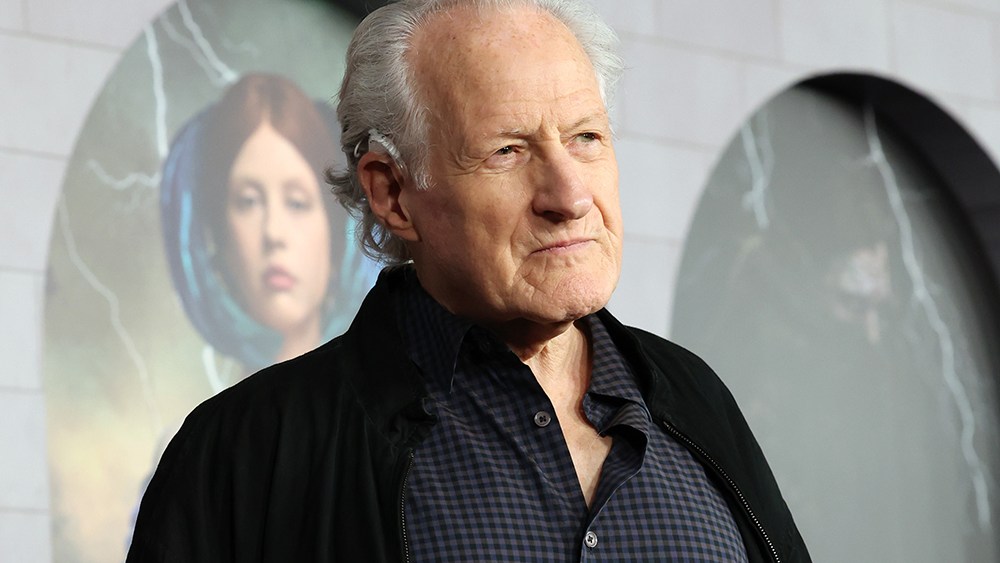While AI is dividing Hollywood, Michael Mann is agnostic about it. In fact, he’ll probably experiment with it in “Heat 2.”
“I don’t experiment with technology for free,” Mann said at a press conference hosted by Lyon’s Lumière Film Festival last night, where he accepted the 2025 Lumière Prize from the hands of French actor Isabelle Huppert. “When you have dramatic needs or aesthetic needs, you dig deep into what you need.”
And “aging and de-aging could be very important in the next movie,” Mann said Friday during an extensive masterclass on the long-awaited Heat sequel, which is expected to begin filming next summer.
Mann also mentioned the fact that “Heat 2” has moved from Warner Bros. to Amazon MGM’s United Artists and producer Scott Stuber.
“Heat 2” is “an expensive movie to make, but I think it should be made on an appropriate scale and scale,” Mann said. “Filming will also take place in Chicago, Los Angeles, Paraguay and possibly parts of Singapore.”
“People make dramas at a certain budget level because of cost, not because someone is greedy. If they were cheaper, they could have made them anywhere. But it’s complicated. I can’t get into all the politics of drama.”
The film “Ferrari,” starring Adam Driver, was independently produced and sold to Amazon, and was not released theatrically in some international territories, but it will likely have a different fate than “Heat 2.”
“We moved from Warner Bros. to Amazon and United Artists, and it will absolutely be released theatrically in probably about 4,000 theaters in the U.S. for at least 45 days,” Mann said.
Regarding the plot of “Heat 2,” Mann said it will jump back and forth in time before and after the events of the original film. The story begins the day after the movie ends, with Val Kilmer being the only one left alive, and he must flee the United States.
“The characters in ‘Heat’ are very vivid to me, and I had an idea for how to do it both before and after the events of ‘Heat,’ based on the relationship between two mortal enemies, Hanna, played by Pacino, and McCauley, played by De Niro.” He noted that Hanna and McCauley were changed by the events of 1988. At the time, Hannah was a Chicago police officer and McCauley “had a wife, a stepdaughter, a nuclear family to whom he was very attached.”
Mann also gave an update on his next project, which is set against the backdrop of the 1968 Battle of Hue during the Vietnam War. This will be done after “Heat 2”. The film is based on a book by Mark Bowden, the director of “Black Hawk Down.” “This is a very human, very powerful work, and I spent a lot of time and talked to a lot of combat survivors,” Mann said, adding that the book also inspired Al Pacino’s character in Heat. “The history of Al Pacino is that he was a Marine who participated in the Battle of Hue in 1968 and that he still suffers from PTSD in 1988.”
The film “will be like ‘Rashomon’ with some points of view, some points on both the American side and the Vietnamese side,” Mann teased.
Mann also said during yesterday’s masterclass that he will be producing the western “Comanche,” directed by Scott Cooper, whose latest film “Springsteen: Deliver Me from Nowhere” was screened at the Lumiere Festival this week.
Late Saturday, Mann concluded his visit to Lyon with the traditional Lumière Festival. Following other Lumière Prize winners, Mann set out to re-envision “Workers Leaving the Lumière Factory in Lyon.” The 1895 French short film written and directed by Louis Lumière is thought to be the first ever film.
With Fremaux’s assistance, Mann shot six takes, many with slightly different setups and angles, and using multiple cameras, including an iPhone. A number of famous French actors took part in the experiment, including Isabelle Huppert, Laurent Laffite, Marina Foy, and Michel Larocque. Lumiere Festival ends on October 19th.

